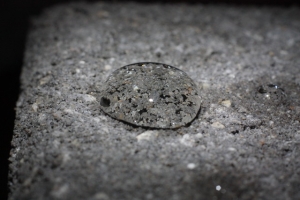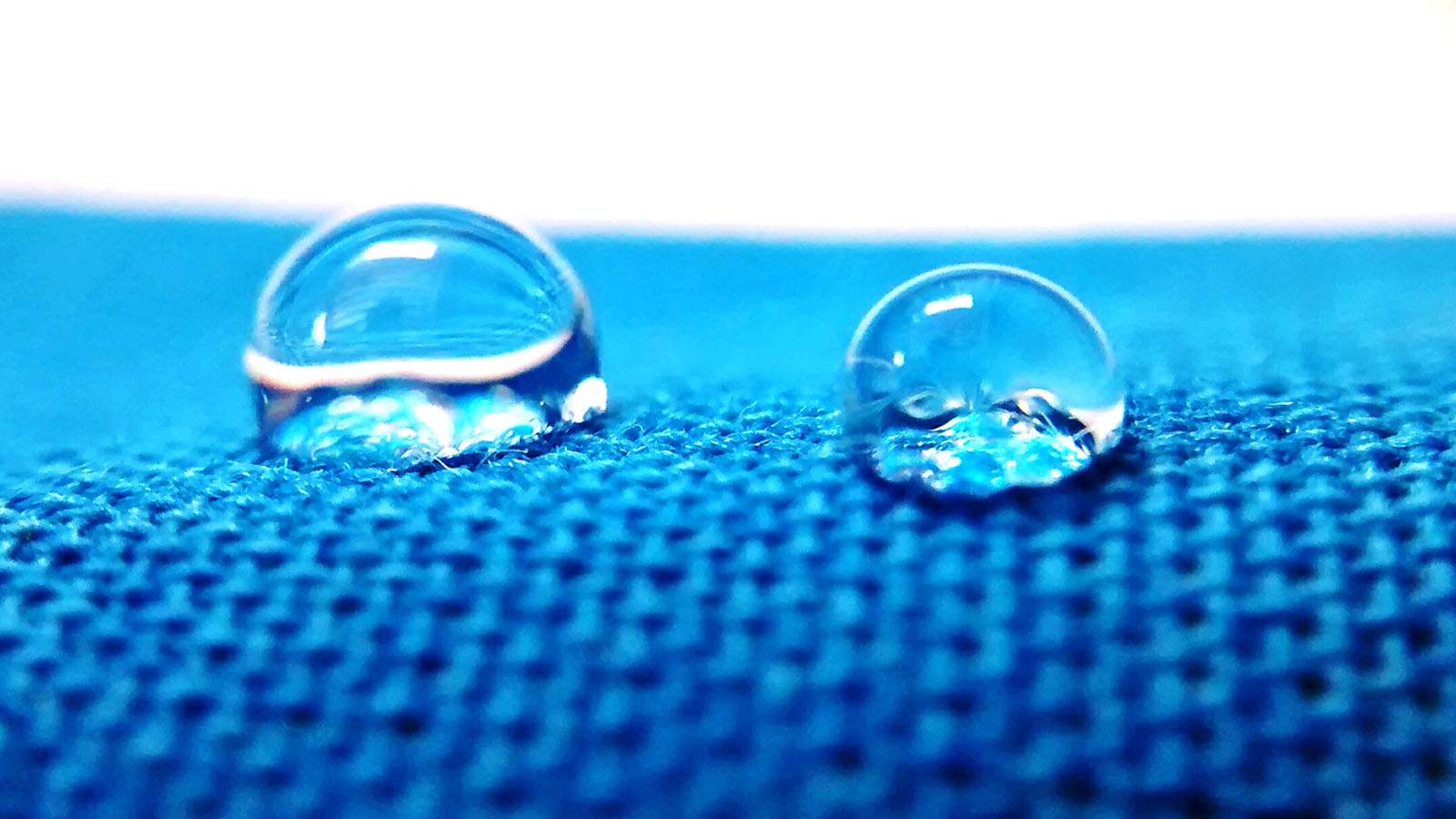Surface modification (hydro / oleo – phobic / philic) is the act of modifying the surface of a material by bringing physical, chemical or biological characteristics different from the ones originally found on the surface of a material.
Hydrophobic effect
The term hydrophobic means water (hydro) fearing (phobic). In chemistry, hydrophobicity is the physical property of a molecule known as a hydrophobe that is repelled from a mass of water. This is purely due to the absense of attraction without involving any repulsive force. Hydrophobic effects can be achieved by the application of alkylsilanes on a wide range of mineral substrates:
- Porous surfaces, such as concrete, natural stone to create water repellency
- Mineral fillers and pigments to improve dispersibility and compatibility in organic polymers

Oleophobic effect
The term oleophobic means oil (oleo) fearing (phobic) which also sometimes called lipophobia. It is a chemical property of chemical compounds which means “fat rejection”, literally “fear of fat”. Oleophobic or lipophobic compounds are those not soluble in lipids or other non-polar solvents. From the other point of view, they do not absorb fats. Oleophobic effects can be achieved by the application of fluoroalkylsilanes on a wide range of substrates.
- Smooth surfaces, such as glass and ceramic to create durable anti-stick and easy-to-clean properties
- Porous surfaces, such as concrete, natural stone to create easy-to-clean and anti-graffiti properties
- Cellulose materials, such as wood to achieve long lasting water and oil repellence

Hydrophilic effect
The term hydrophillic means water (hydro) loving (phillic). Hydrophilic substances (ex: salts) can seem to attract water out of the air. Sugar is also hydrophilic, and like salt is sometimes used to draw water out of foods. Hydrophilic effects on mineral materials can be achieved by the use of silanes containing hydrophilic functionalities, such as amino, polyethylene oxide, and epoxy. These properties improve dispersibility in polar solvents, water, and polar polymers and allow higher filler loadings.

Organophilic effect
Organophillic basically means a chemical or molecular orientation favoring the attraction of hydrocarbons or materials which are miscible in hydrocarbons. Organophilic materials are characterized by weak dipole moments. They are basically immiscible in water. Organophilic effect on inorganic materials can be achieved by using a number of organofunctional silanes.
- Many applications benefit from these properties:
- Compatibility between filler/reinforcement and organic polymer
- Improve processing
- Higher filler loadings
- Improved wetting of the inorganic material by the polymer

About IGL Coatings
Established in 2015, IGL Coatings quickly gained traction to become one of the most trusted names in the automotive detailing industry worldwide. From Malaysia, IGL’s reach and worldwide success can be attributed to its commitment and dedication towards innovation, sustainability, customer satisfaction and technology.
IGL Coatings is a global market leader in the development and manufacturing of innovative surface protection solutions. With a strong commitment to research and development. IGL Coatings creates industry-leading coatings that deliver exceptional durability, enhanced aesthetics, and environmental sustainability. Trusted by professionals and enthusiasts worldwide. IGL Coatings dedicates itself to revolutionizing the automotive, marine, and industrial sectors with cutting-edge technologies and unparalleled customer support.
For more information about IGL Coatings and their range of automotive and marine products, please visit www.iglcoatings.com.


